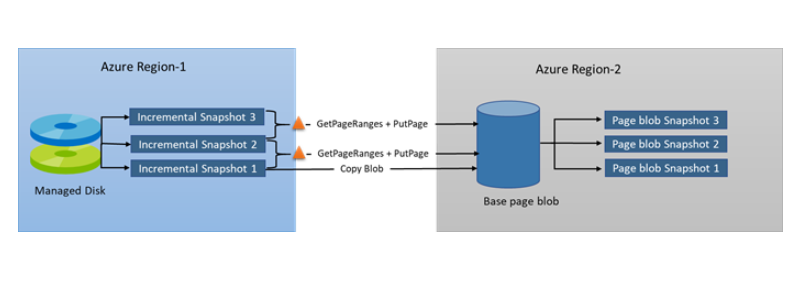

What they WILL do, though, is load the name of your resource group, the name of the virtual machine being snapshotted, the Azure location you will deploy the snapshot to, and the name of your snapshot into variables so they can more easily be referenced throughout the process. To specify these variables, you will first have to connect to Azure via PowerShell.Īfter connecting to your Azure tenant via PowerShell, run the four PowerShell cmdlets below to set the parameters for creating a snapshot of a fictional virtual machine, called myVM that resides in a resource group called “VMLab” in the East US region: You are going to need to specify the resource group in which the snapshot will be created, the location where the source virtual machine resides, the name of the virtual machine being snapshotted, and a name for the snapshot. Snapshot Preparationīefore snapshotting a virtual machine, a few parameters / variables need to be set so they can be more easily referenced later in the process. After you’ve created your resource group and virtual machine, you can follow the steps in this article to take a snapshot of myVM and use the snapshot to create another virtual machine, called myVM2. Once you have your resource group provisioned, deploy a Windows 2016 virtual machine, called ‘myVM”, into the resource group. If you want to follow along with these exercises, create a resource group in your own Azure tenant and call it “VMLab”. We’ll walk through the preparation for taking the snapshot, retrieving the configuration of the virtual machine being snapped, creating the snapshot configuration, taking the snapshot, converting the snapshot to a managed disk, and then deploying a new virtual machine using the newly-created managed disk.ĮDITOR'S NOTE: This tutorial was excerpted from the complete online course, " Creating and Managing Azure Virtual Machines with PowerShell", which can be found on the Udemy training platform.


The following exercises show you how to take a snapshot (MySnapshot) of the OS disk of an existing virtual machine (MyVM), how to convert the snapshot to a managed disk (MyOSDisk), and how to deploy another virtual machine (MyVM2) using the managed disk created from the snapshot. What’s that, you say? You don’t know how? Well, in that case, read on – and I’ll walk you through the process right here. The entire process of taking a snapshot and deploying a new VM from that snapshot takes less than 15 minutes to complete – and it can all be done right from PowerShell. Using a snapshot is a good way to duplicate an Azure virtual machine relatively quickly.


 0 kommentar(er)
0 kommentar(er)
